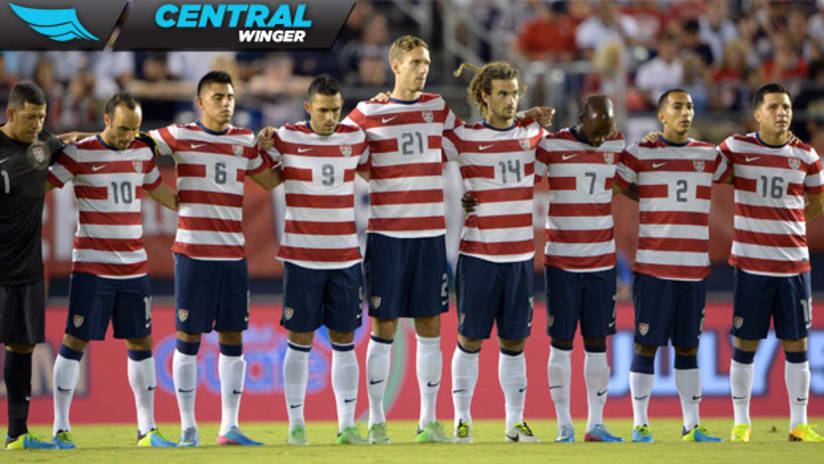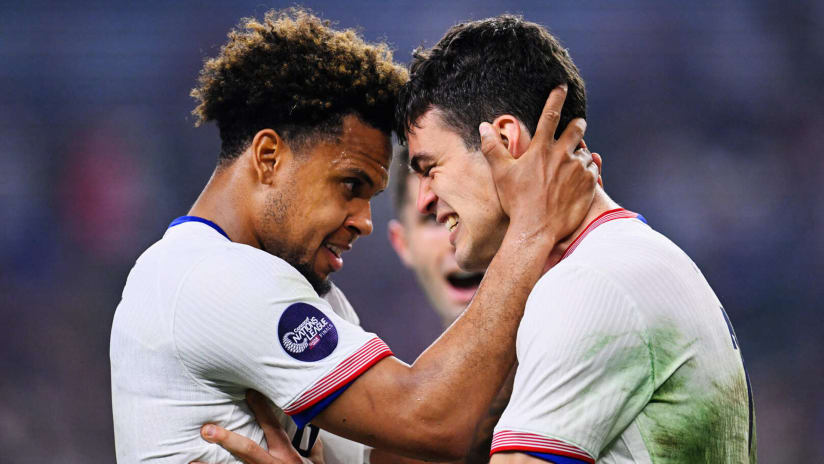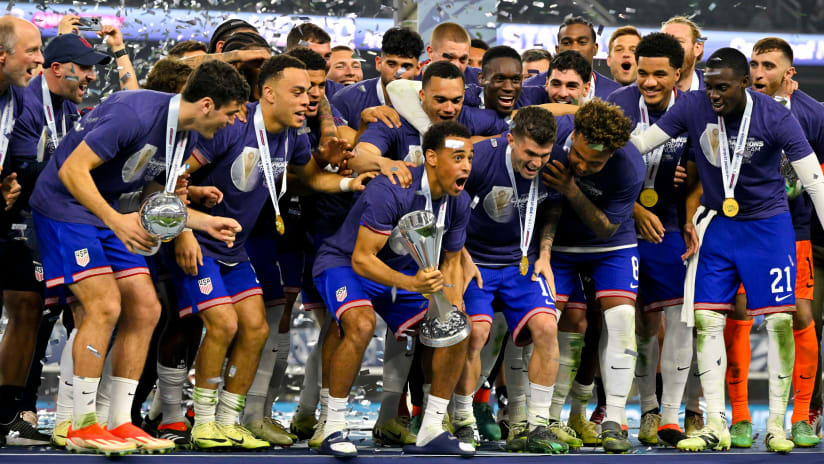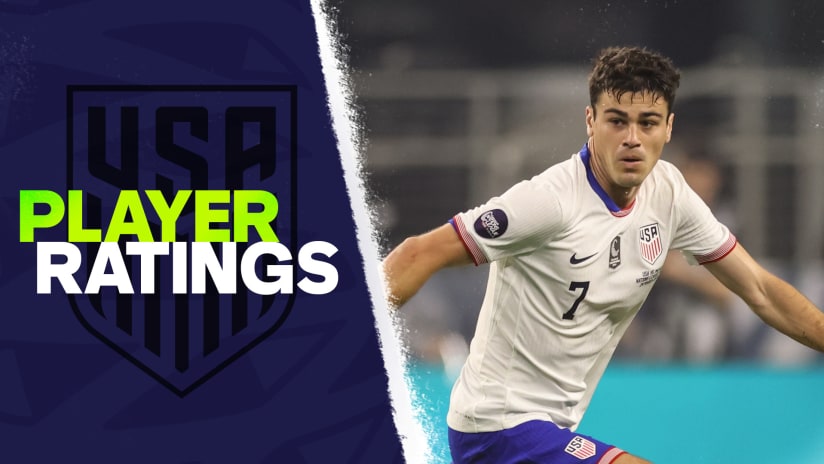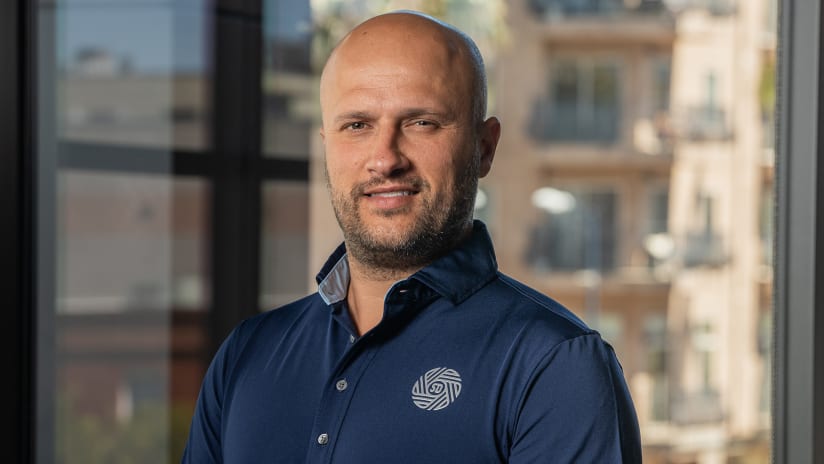The second half of Friday's friendly between Guatemala and the United States was exceptional for reasons outside of the Yanks scoring five second-half goals for the first time in recent memory.
It also marked one of the first times that Jurgen Klinsmann went with a side without a true defensive midfielder.
There is an argument that it simply wasn't needed against a tiring opponent like Guatemala. But, with only a single true defensive midfielder included in the US' entire 35-man Gold Cup player pool, Klinsmann might be considering this tactical shift as more than just a single-game exploit. For a coach that seems to have collected defensive midfielders with abandon, this shift is worth paying more than passing attention to.
READ: USMNT Player Ratings: Midfielders make their case in 6-0 rout of Guatemala
In the first half, Kyle Beckerman played the classic Kyle Beckerman role: locked in the engine room playing conservative passes in the defensive midfield to thread together sequences of possession. Ahead of Kyle was Jose Torres in a more creative role, who did finally manage to unlock the Guatemalan defense late in the first half with an assist to Herculez Gomez.
In the second half, we saw Mix Diskerud and Stuart Holden enter the fight – neither of whom could be classified as defensive midfielders in this particular outing. Holden perhaps played slightly deeper than Diskerud at some points by dropping back and collecting the ball from an idle center back, but Stu was never explicitly tasked with shielding the defense.
Let's take a broad look at each midfield pairing's collecting passing chalkboards.
FIRST HALF
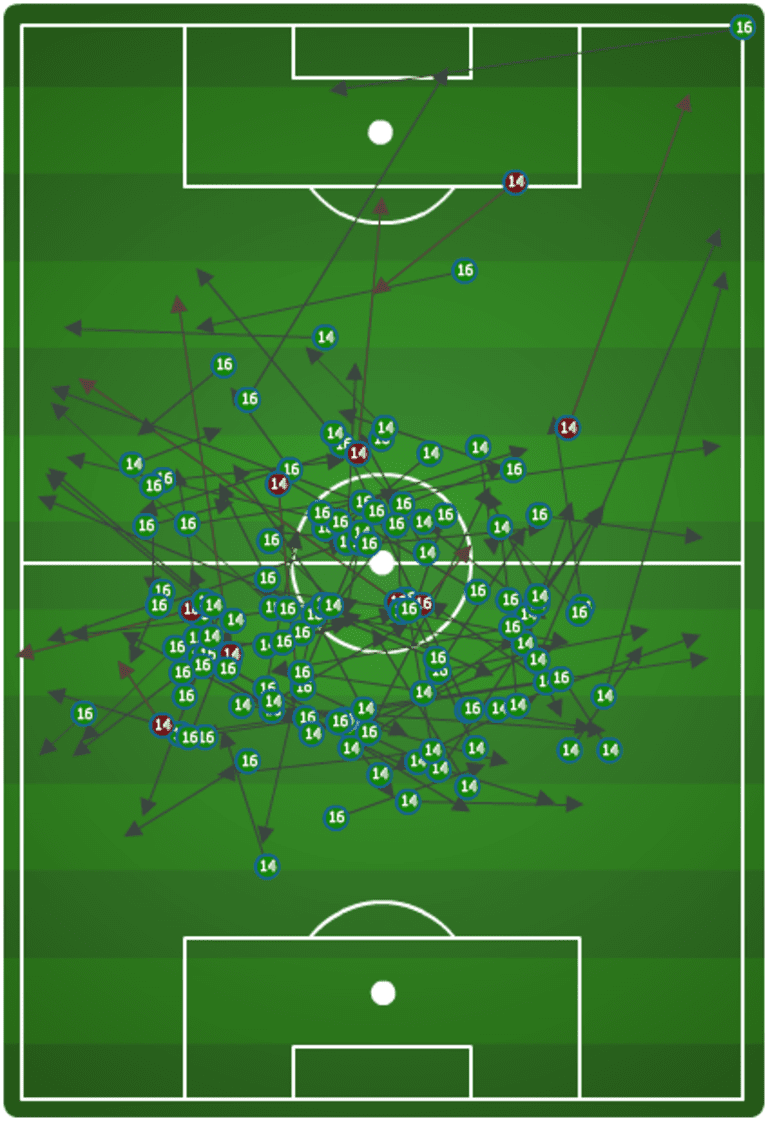
SECOND HALF
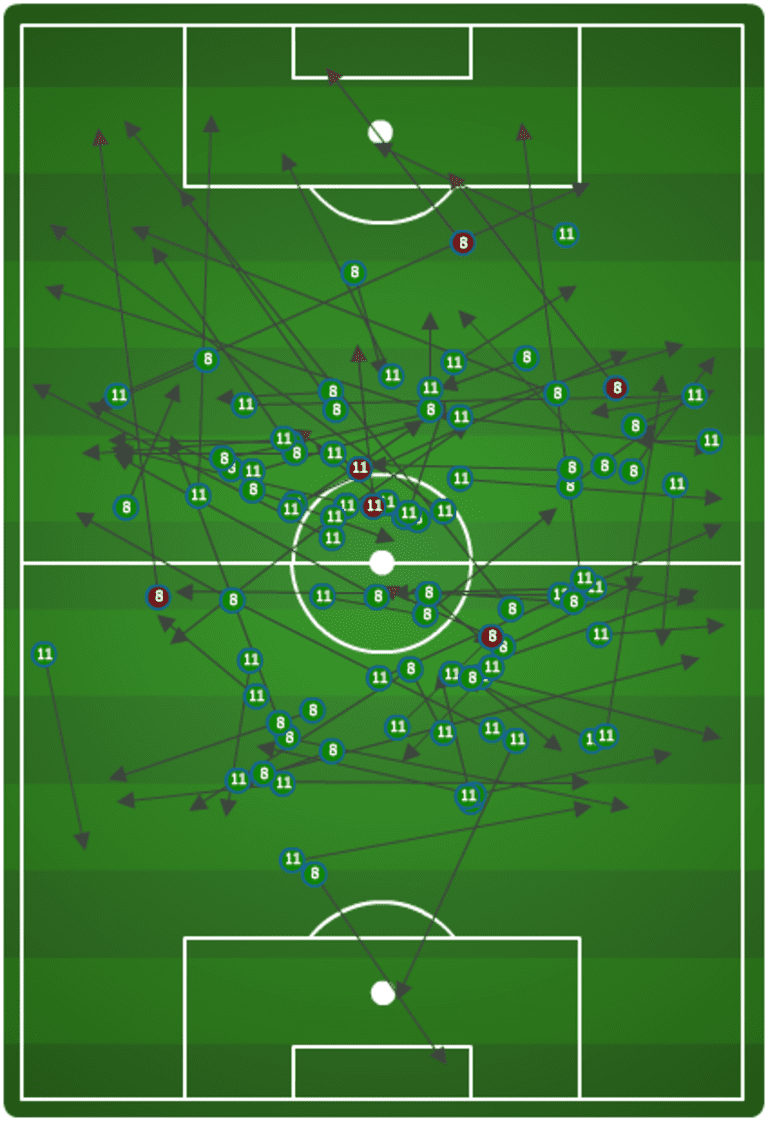
The difference in style is aesthetically discernible. While Beckerman and Torres attempted a combined 125 passes between them vs. Diskerud and Holden's 89, they were visibly less expansive.
COMMENTARY: Is Donovan back in the USMNT fold after Guatemala win? Not so fast
The first-half duo was densely concentrated in the middle of the park. Perhaps by the nature of having two central midfielders next to each other (instead of on top of each other), Holden and Diskerud allowed the central midfield to stretch wide in the attack in a manner that has rarely been possible in Klinsmann's past systems.
Let's break down into some more advanced statistics for the four center midfield players.
| PLAYER | Passes attempted | Passes completed | Avg. pass distance | Total passing distance | Pass completion rate | Secondary pass completion rate |
|---|---|---|---|---|---|---|
| Torres | 71 | 68 | 17.54 m | 1245.02 m | 95.8% | 91.7% |
| Beckerman | 54 | 48 | 16.24 m | 876.73 m | 88.9% | 89.8% |
| Holden | 50 | 47 | 21.55 m | 1077.28 m | 94% | 83.3% |
| Diskerud | 39 | 35 | 20.19 m | 787.52 m | 89.7 | 84.4% |
While Holden and Diskerud stole the show in the second half, Torres quietly had a very efficient night. After completing 95.8 percent of his own passes, his teammates went along to complete 91.7 percent of the passes that directly followed a pass from Torres.
This is particularly impressive for an attacking midfielder. But when we consider that Holden and Diskerud were attempting much longer and harder passes (30 percent longer on average), secondary completion rates in the 80th percentile range are perhaps just as exceptional.
READ: USMNT doubly wary of Belize side inspired by upset Gold Cup wins
The age of the defensive midfielder is nowhere close to finished for the United States; the American back four will still need to be deputized against stronger teams. But what we are seeing out of the 22-year-old Diskerud and a "returning to form" Holden could be shades of the future – and the Gold Cup is a perfect opportunity to give it a legitimate dress rehearsal.
After all, moving away from the (still at times required) crutches of the defensive midfielder is directly in line with Klinsmann's stated philosophy of developing a more attractive and attacking system of play.

